energy
Latest

China wants to put a solar farm in space by 2025
Humanity uses a lot of energy, and while solar power here on Earth is doing a reasonable job of contributing to the electricity mix, scientists have long hypothesized that gathering the sun's energy from space would be a lot more effective. And now China says it's going to be the first to do exactly that, announcing plans to build an interstellar power station that will orbit the Earth at 36,000 kilometers.
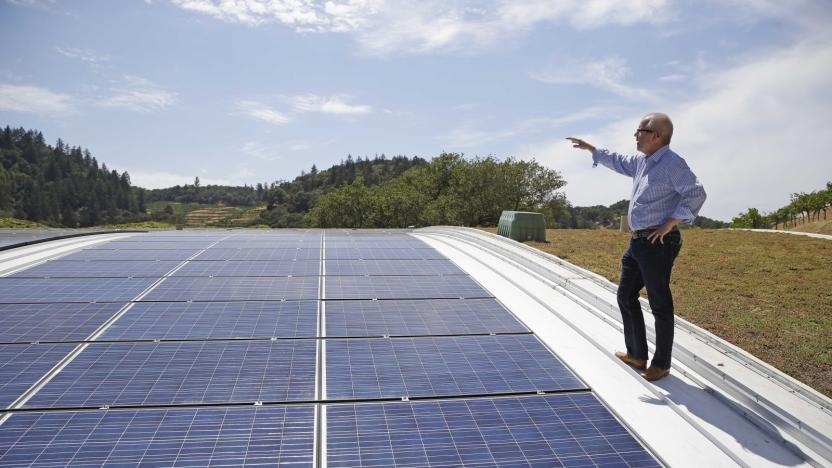
Stanford AI found nearly every solar panel in the US
It would be impractical to count the number of solar panels in the US by hand, and that makes it difficult to gauge just how far the technology has really spread. Stanford researchers have a solution: make AI do the heavy lifting. They've crafted a deep learning system, DeepSolar, that mapped every visible solar panel in the US -- about 1.47 million of them, if you're wondering. The neural network-based approach turns satellite imagery into tiles, classifies every pixel within those tiles, and combines those pixels to determine if there are solar panels in a given area, whether they're large solar farms or individual rooftop installations.
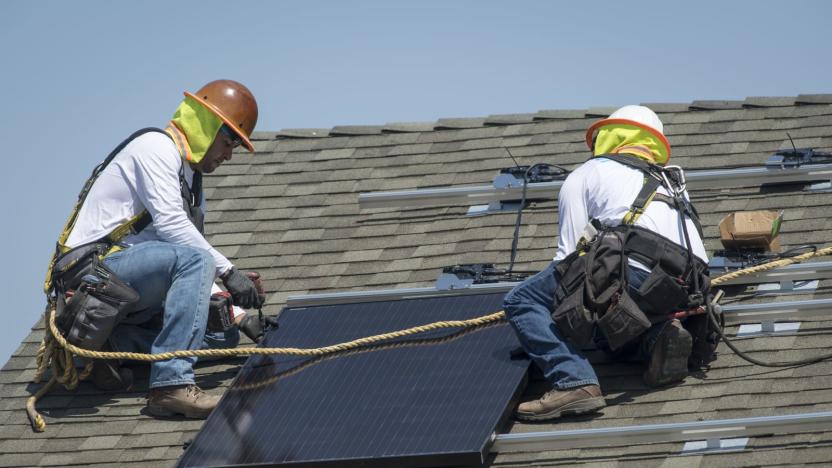
California gives final approval to code requiring solar on new homes
While there was little doubt it would happen, it's now a done deal: California will require solar panels on most new homes. Officials at a December 5th Building Standards Commission meeting have voted for the new code, providing the last bit of approval necessary for the policy to take effect. New homes, condos and low-rise apartments will need eco-friendly power generation on their rooftops from January 1st, 2020 onward. The only exclusions are for homes that are either blocked by taller objects (like trees and tall buildings) or don't have room for panels.
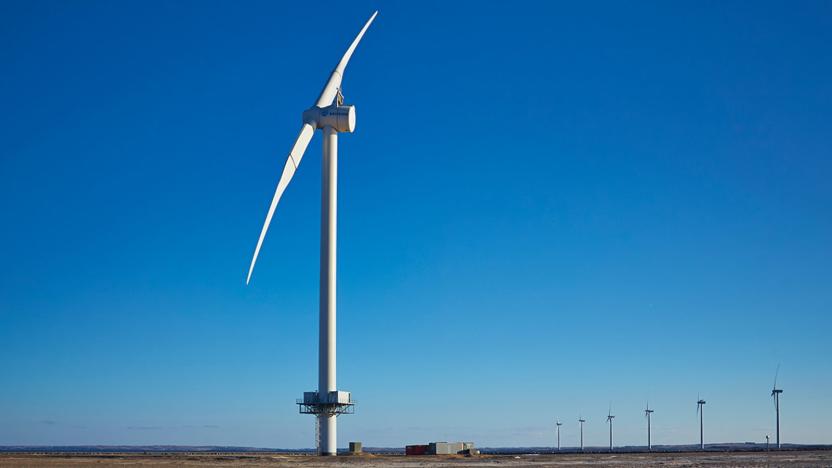
Superconducting tape could lead to lower-cost wind power
Wind power is limited in part by how expensive it can be to make each turbine. You may need roughly a ton of rare earth metals per machine... and that adds up. It could soon be much less expensive, however. The EU-backed EcoSwing project recently upgraded a wind turbine in Denmark with superconducting tape that reduces the required amount of rare earth elements to as little as 1kg (2.2lbs). That not only dramatically reduces the costs (down from $45.50/kg to $18.70/kg), it reduces weight and size requirements. You can produce the same power for about half the weight and volume of a conventional turbine, the University of Twente's Marc Dhalle told Chemistry World.

A Chinese startup may have cracked solid-state batteries
Solid-state batteries have long been heralded as The Next Big Thing after lithium-ion, with companies from all quarters racing to get them into high-volume production. Dyson, BMW and car manufacturer Fisker are just a few names that have been working on the tech for the last few years, but now, reports suggest a Chinese start-up might be the first to have cracked it.

New solar cell generates hydrogen and electricity at the same time
In the ongoing pursuit of abundant, renewable alternatives to fossil fuels, scientists have produced hydrogen for fuel cells through artificial photosynthesis, which splits water into hydrogen and oxygen. Traditional processes have struggled to use optical, electronic and chemical properties in a way that makes this method efficient, but now researchers from Berkeley Lab have created a recipe that could completely bypass the limitations in current materials.
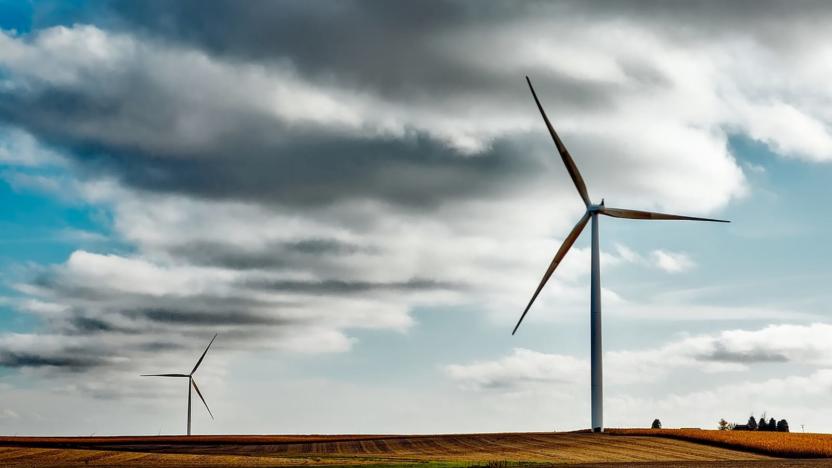
A major UK energy supplier is now 100 percent wind power
Scottish Power has become the first of the UK's "big six" energy companies to completely drop fossil fuels for electricity generation, after selling off its remaining gas plants to power company Drax in a £702 million deal. In a statement, Scottish Power said the move supported its vision to leave "carbon generation behind for a renewable future powered by cheaper green energy."

China bumps up renewable energy target to reduce reliance on coal
China, the world's biggest energy consumer, is stepping up its push into clean power with a revised renewable energy target. The nation is now aiming for renewables to account for at least 35 percent of energy consumption by 2030, whereas its previous target only stipulated "non-fossil fuels" making up 20 percent of energy use within the same time frame.

Renault is creating France's first 'smart island'
Back in February, Renault helped electrify the Portuguese islands of Madeira and Porto Santo -- a move not dissimilar to Tesla's efforts in Hawaii. Now it's at work again bringing power to the French island of Belle-Île-en-Mer, in a bid to create the first "smart island" in its home country.
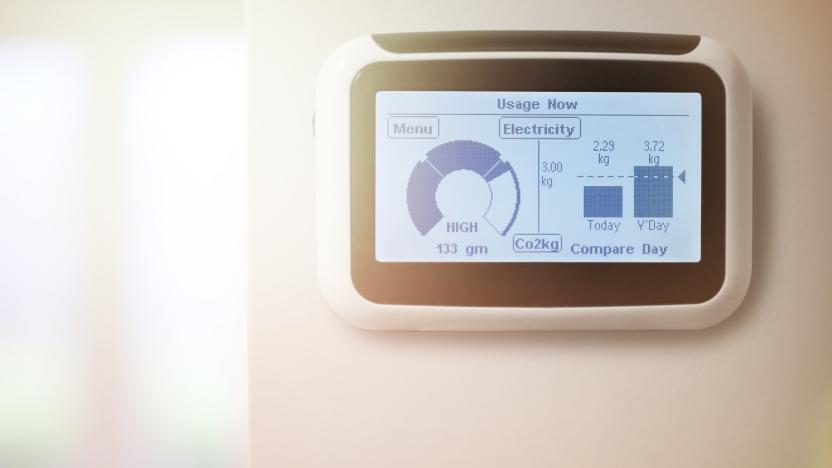
Court rules accessing smart meter data constitutes a government search
Smart meters are designed to reduce energy consumption, lower household bills and, by extension, help the planet along a little bit. But could they also be used by the government to spy on you? This is the question that was thrown into the spotlight this week when the Seventh Circuit handed down a landmark opinion ruling, stating that data collected by smart meters is protected by the Fourth Amendment.

Ecobee smart thermostats now save you money during peak hours
Ecobee now has an answer to Nest's peak-usage energy savings. It's launching a Peak Relief pilot program that automatically cuts down on heating and cooling when electricity rates are at their highest. It uses your comfort preferences, home energy efficiency and the weather forecast to ramp up the heat or AC right before peak times so that you can reap the benefits of your smart thermostat without paying quite so dearly for the privilege. Ecobee reckons that you'll save an additional 10 percent on your bills on top of the 23 percent you're normally supposed to save.

Russian hackers are inside US utility networks
Russian hackers infiltrated the control rooms of US utility companies last year, reaching a point where they "could have thrown switches," The Wall Street Journal reports. The paper cites officials from the Department of Homeland Security (DHS) confirming that the hackers -- from a state-sponsored group previously known as Dragonfly or Energetic Bear -- gained access to allegedly secure networks, where they could have caused blackouts.

Liquid metal battery could lower cost of storing renewable energy
As dreamy as it might be to combine renewable energy sources with storage batteries, there's a problem: those batteries are expensive. It might take you years to recoup the costs. You'll be glad to hear, then, that Stanford scientists have a way to make those batteries more cost-effective. They've developed a liquid metal-based flow battery that can store electricity at a lower price, even on a large scale. A metal-producing mix of sodium and potassium serves as the negative side of the battery, providing nearly twice the maximum voltage of typical flow batteries (making them high-value) without having to resort to exotic chemicals or extreme temperatures.

Investment in renewable energy drops as fossil fuel use rises
Global investment in renewable energy is on the decline, according to the International Energy Agency (IEA). The energy watchdog says there's a significant contradiction between the statements governments make regarding their attitudes to renewables, and the tangible action being taken. Investment fell by seven percent to $318bn last year.

Tesla's next California energy storage project may be its largest yet
Tesla's giant Australian energy storage facility may seem small in the near future. Pacific Gas and Electric has submitted proposals for four new energy storage projects to the California Public Utilities Commission, one of which is for a facility at its Moss Landing substation that could output 182.5MW over the course of four hours -- that's more than 3,000 of Tesla's Powerpack 2 units. For context, the Australian location outputs 'just' 129MW. The project would have a total 1.1GWh capacity, which fits with Elon Musk's recent hints that Tesla could have a "gigawatt-hour scale" deal within months.
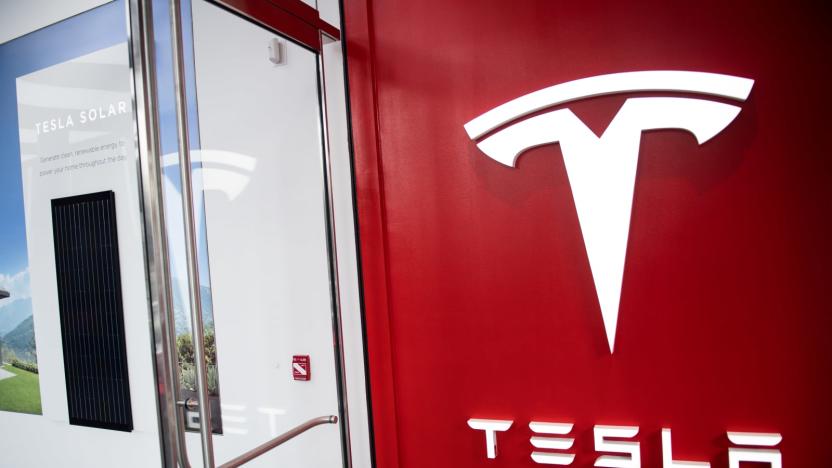
Tesla closes solar installation centers as part of layoffs
Tesla's recently announced layoffs may hurt its solar panel business particularly hard. Reuters sources and leaked documents have revealed that Tesla is closing roughly a dozen solar installation centers in nine states as part of the job cuts. There will still be about 60 facilities left afterward, but this would also end a Home Depot partnership that was reportedly responsible for half of Tesla's sales in the category.

Samsung targets 100 percent renewable energy use by 2020
Samsung has announced plans to power its US, Europe and China operations entirely by renewable energy sources within two years. It's already making good on its sustainability commitment in Korea, where the company is installing 42,000 square meters of solar panels in its Digital City, and is working on generating geothermal power at Pyeongtaek campus and Hwaseong campus by 2020.

Tesla says it’s being underpaid because its batteries are too fast
It looks like Tesla's batteries are too fast for their own good. As the Sydney Morning Herald reports, the company claims it's not being properly paid for the electricity its South Australia battery farm is generating for the country's power grid. And Tesla says its because its batteries supply electricity faster than the Australian Energy Market Operator (AEMO) can register. The current standards are based on response rates for fossil fuel generators, but Tesla's batteries can respond much more quickly than they do. "Tesla estimates that the Hornsdale Power Reserve battery has delivered 30 to 40 percent of its services to frequency markets without being paid due to existing AEMO technical specifications being written based on fossil fuel generation assets," Tesla said.
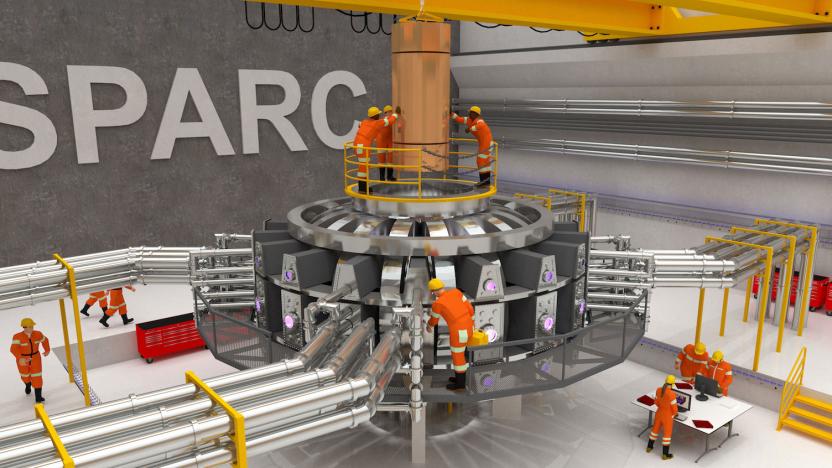
MIT embarks on ambitious plan to build nuclear fusion plant by 2033
MIT announced yesterday that it and Commonwealth Fusion Systems -- an MIT spinoff -- are working on a project that aims to make harvesting energy from nuclear fusion a reality within the next 15 years. The ultimate goal is to develop a 200-megawatt power plant. MIT also announced that Italian energy firm ENI has invested $50 million towards the project, $30 million of which will be applied to research and development at MIT over the next three years.

Researchers improve spinach-based solar cells by adding blackberry dye
Biohybrid solar cells aren't nearly as efficient as standard silicon panels, but including natural materials in renewable energy could make it more cost-effective. Scientists have refined one design based on the proteins in spinach leaves by adding natural dye extracted from blackberries, a combination which apparently produces much more voltage than the greens alone.



